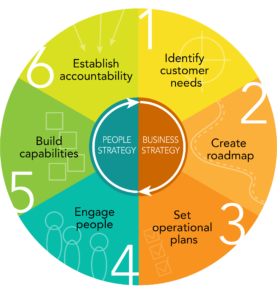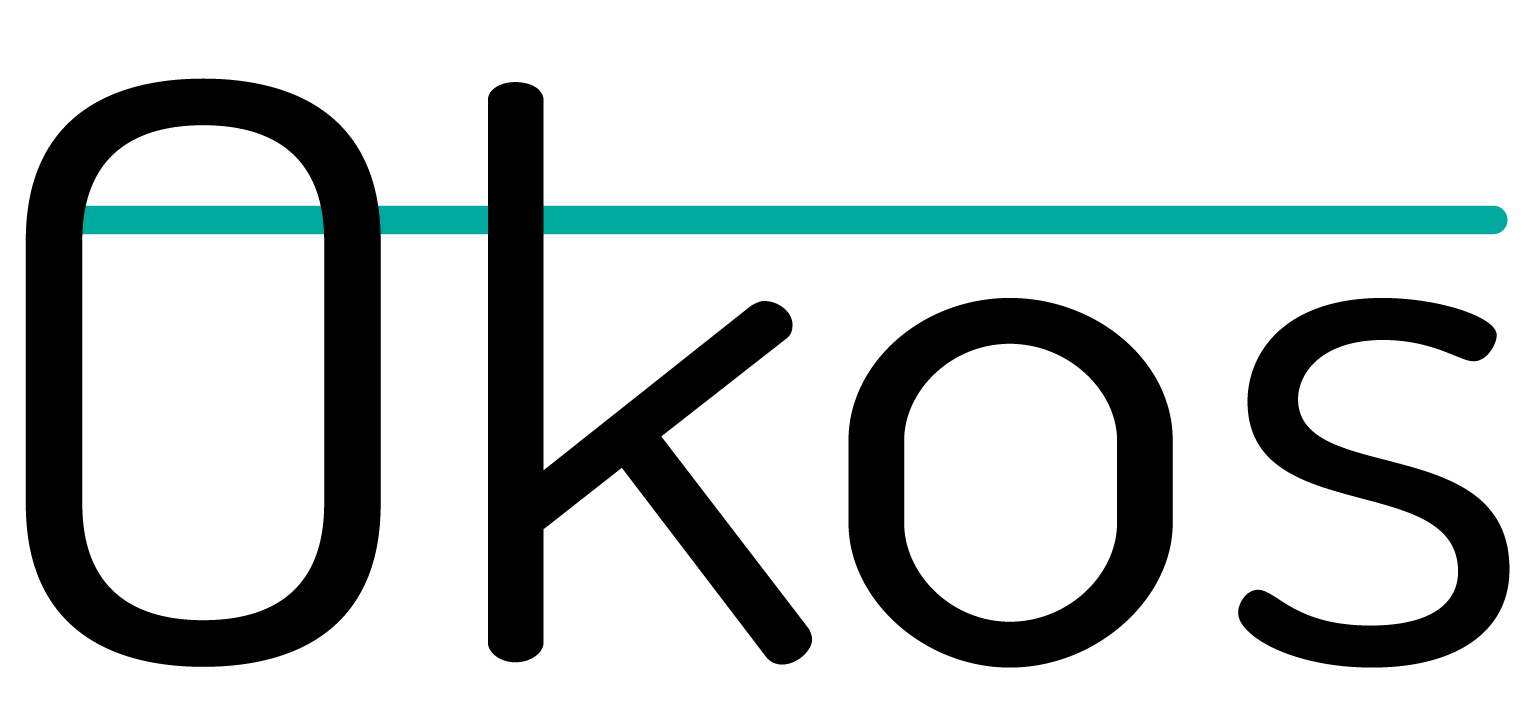Leadership & Culture

Strategy Begins with Effective Leadership
Good leadership drives the strategy in every company. The best leaders develop clear strategic business plans and ensure execution. The plans provide direction horizontally and vertically throughout the company. Consistent execution offers success and profitability, quarter after quarter, year after year.
Yet, businesses often rely on the natural, heroic energy of their leaders to bring the business plan to life. Too often, this heroism means the unsustainable, inordinate efforts of a few individuals and results in organizational chaos. The energy of the organization splinters into silos, pet projects, and infighting over the right way and what is needed. Lost profits and employee burnout are the cost.
True strategic success comes from following a methodology that establishes, delivers, and sustains full engagement by leaders.
The Okos Leadership Development Process
We customize our six-step process to align your leadership team’s business, organization and people strategies. We then help you deploy and engage your teams around an optimal and clear plan for growth. Okos leverages internal knowledge, data, and existing capabilities to design the most efficient process for your organization.
The result is a high-level roadmap for growth that aligns your leadership teams. It is based on the needs of your customers and on your organization’s unique strengths, vision, and mission. Your leaders and managers transform this roadmap into departmental plans and people strategies that align teams, engage the teams’ commitment to the organization’s goals, and equip the organization with tools to support plan execution unencumbered by organizational barriers.

The Leadership Development Cycle
Leadership development and growth occur through a planning and implementation process that integrates an organization’s business strategy with its people strategy. Effective leadership, driven by solid, aligned strategies and committed teams, creates sustainable value— for the company, its customers, and its stakeholders.
Traditional approaches to current issues, such as workforce development and diversity, equity, and inclusion, create silos and disfunction and lack focus. Okos Partners provides a more comprehensive solution. Our leadership development cycle brings these critical programs into harmony with the rest of your business processes.
BUSINESS STRATEGY
Identify Customer Needs: Every organization’s mission is to understand what the company does best to serve customers’ needs and wants. Determining what you do uniquely well and aligning that with customers’ requirements is the first critical step of the Cycle.
Create Roadmap: Next, every organization needs a clear, concise business plan that serves as a roadmap. A plan that the entire leadership team creates together, buys into, and feels accountable to, sets the stage for an organization that is aligned by a shared, common purpose across all facets of the business, not defined by departments or silos.
Set Operational Plans: Finally, an allied management team turns the leadership’s roadmap into action. This requires that management understands and adopts the strategic plan, and knows how to break it down into actionable items for departments and teams.
PEOPLE STRATEGY
Engage People: It is vital for leaders to cultivate a diverse environment that leverages its teams’ talents. Leaders and managers make or break how people buy into the roadmap and whether they commit to their role in achieving the plan. When managers build a fully inclusive team, transparency and productivity increase.
Build Capabilities: Regardless of previous experience, all leaders, managers, and team members must continually update their knowledge. This ensures business management excellence, yields higher performance, and creates career mobility and equity for the entire team.
Establish Accountability: With plans set, implementation begins. It is critical to hold all teams at every level accountable for execution. That’s how the job gets done. With a simple plan, leaders can ensure two-way communication on progress and provide course corrections quickly. This helps galvanize the teams around successes and troubleshoot the roadblocks.










